The artist and brand named after giant
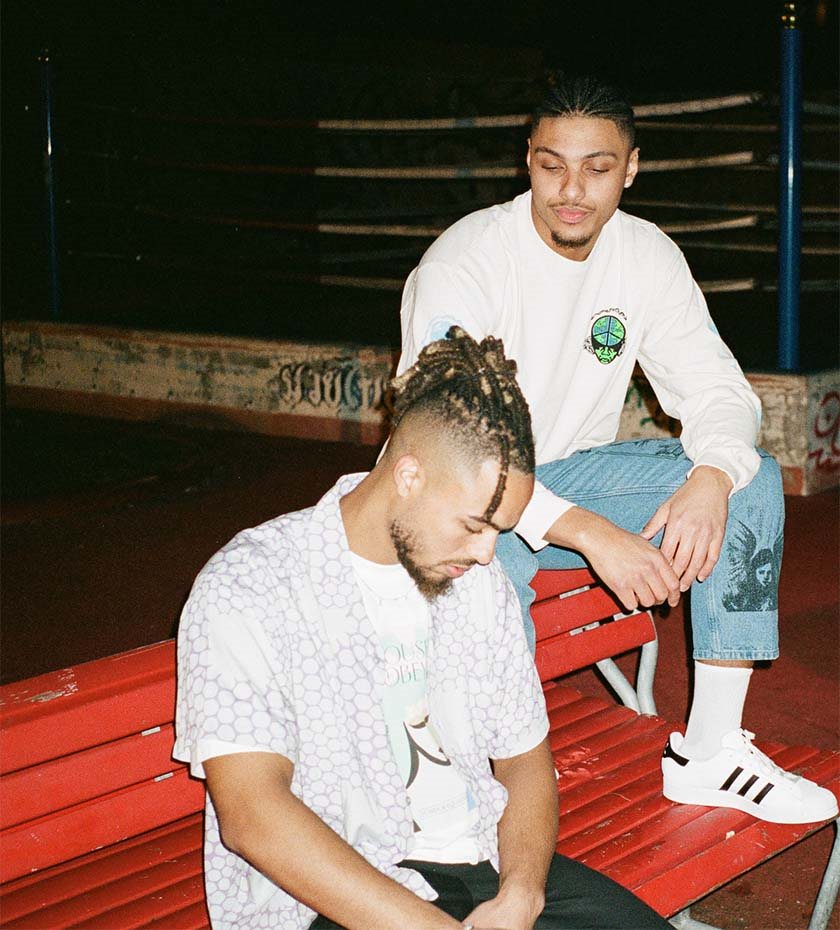
The graphic genius
Shepard Fairey, whose real name is Frank Shepard Fairey, is from Charleston, South Carolina, and was born in 1970. Shepard graduated as a graphic designer from Idyllwild Arts Academy in Palm Springs, California, and went on to earn a Bachelor of Fine Arts degree from the Rhode Island School of Design, which he completed in 1988.
Fairey began to take an interest in art and graphic expression at a young age. Drawing and painting on t-shirts and skateboards, he eventually became obsessed with skateboarding and skateboard culture. This led to a part-time job in a skate shop. He quickly established a presence in the local skate scene with his stickers, and it was also through the stickers that he first became aware of street art and graffiti culture.
His first known sticker depicts former wrestler Andre the Giant. From the time Fairey found his picture in the newspaper to the time he was hanging everywhere in the form of little stickers, it didn't take long. More on Andre the Giant later.
Shepard's big break with messaging to the masses came when he made the "HOPE" poster for former US President Barack Obama in 2008. It made the cover of Time magazine's Person of the Year issue. Shepard Fairey received a personal thank you for the work from Barack Obama, and in fact repeated the success of the graphic work in 2020, when climate and environmental personality Greta Thunberg was on the cover of Rolling Stone magazine.
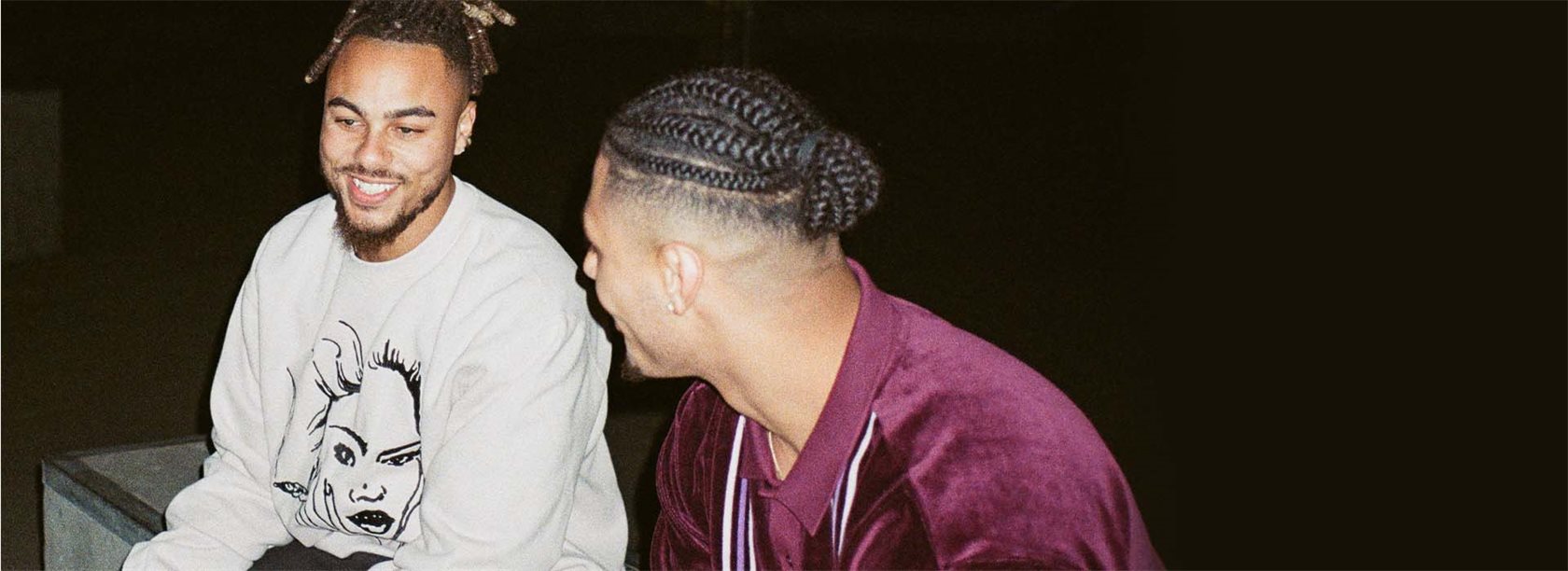
An artist with many qualities and attitudes
Shepard Fairey sees himself as a performer, street artist and activist. He believes he has a responsibility in his work, a responsibility to positively impact people in one way or another, a responsibility to make people stop and think, a responsibility for us to do more to treat each other and the Earth better. Words like "Peace" and "Freedom" are often seen in his work.
That Shepard sees himself as an activist, and that he actively uses his work as an artist for charitable purposes, is beyond doubt.
In 2007, Shepard founded the Obey Awareness Program, which supports humanitarian causes. As part of Obey, Fairey designs limited edition t-shirts with specific messages. Sales of the collection go directly to the cause Fairey designed the t-shirt for, such as; Feeding America, which works to put food on the table for everyone at risk in the United States.
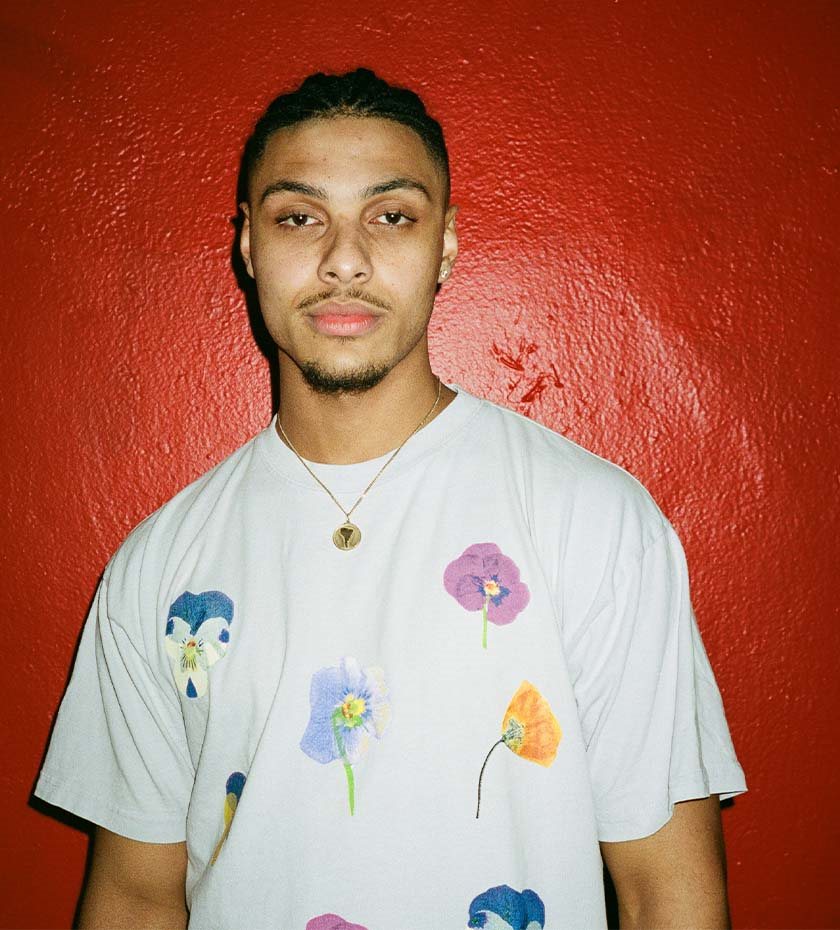
Another clear example of taking a stand and actively engaging with the world was the tribute Shepard paid to the victims of the 2015 Paris terrorist attacks. Shepard interpreted his own graphic illustration of the French national figure Marianne, surrounded by the words " Liberté, Egalité, Fraternité" - Liberty, Equality, Fraternity.
The words of the aforementioned project also have a slightly revolutionary ring to them, which Shepard may not take too kindly to. That he sees himself as an activist is also evident in the choice of words on Obey's website. Words like "propaganda" and "manifesto" create a particular mood, aura and universe. The brand name "Obey" itself is also remarkable. Translated directly into English, it means "obey" - a wording that fits perfectly into the activist's mindset.
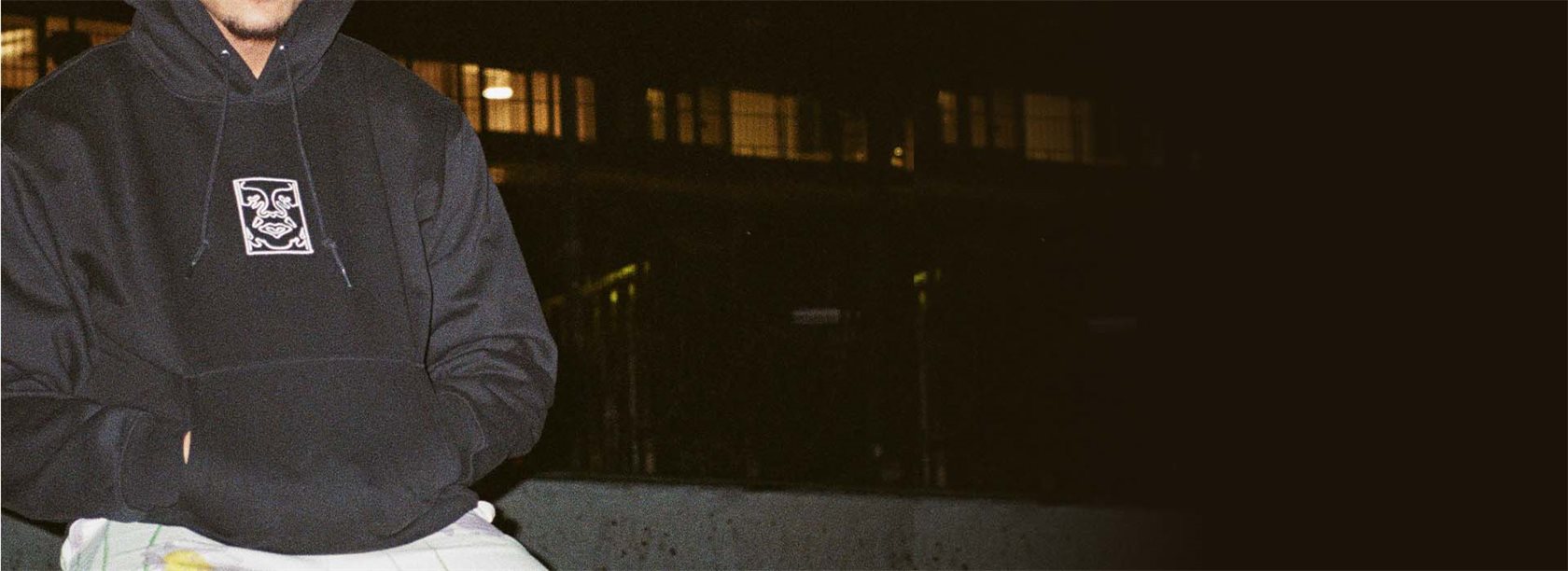
If you stick your nose out, you run the risk of getting someone over it - and Shepard Fairey has learned that lesson too. In connection with an exhibition at V1 Gallery in Copenhagen, Fairey painted a large mural on the gable adjoining the large empty lot at Jagtvej 69, where Ungdomshuset was located, which caused a big debate. On the gable Shepard painted a large white dove and the text "Peace". Within 24 hours of his completion, the bottom accessible part of the work had been painted over. Rumors quickly spread that the Danish state had funded the work on the disputed site, but the work was actually paid for by V1 Gallery. It didn't take long for the work to be vandalized, but Shepard himself had the worst of it when, on the night he opened the exhibition at V1 Gallery, he went out to celebrate in Copenhagen's nightlife and was passed up in a queue for a bar by two suspicious characters who ended up punching him and a friend in the ears in aggression over the work on the wall up to the empty site where Ungdomshuset used to stand. Fortunately, Shepard has since spoken quite positively about Copenhagen, and has been back to the city repeatedly.
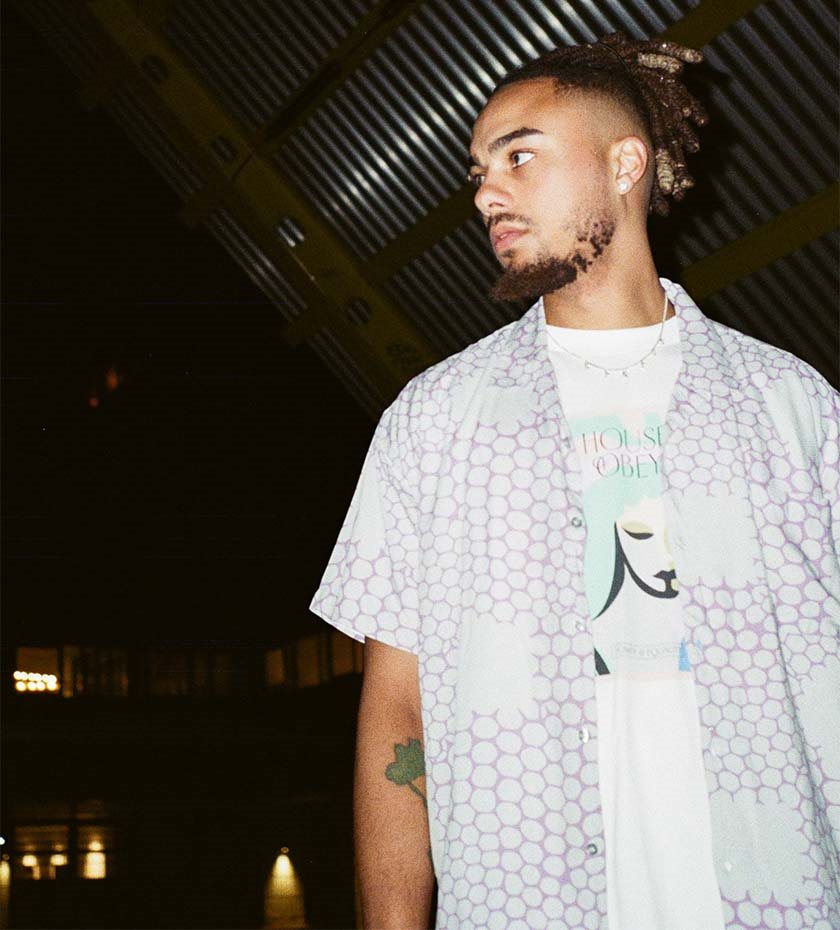
The upper part of the work still exists at Jagtvej 69, if you are interested in seeing it. However, it is a bit battered by wind and weather, and the entire lower part is covered in graffiti.
Shepard Fairey's last major exhibition was the solo show Facing the Giant: Three Decades of Dissent in 2019. The exhibition reflected on Fairey's work over the last 30 years, and was shown in Grenoble, NYC, Paris, Vancouver Providence and LA. The works in the exhibition picked up and summarized the many politically charged messages and themes in Fairey's work, touching on topics such as rebellion, abuse of power, climate and environmental crisis, racism, gender debate, war and peace, and economic imperialism.
For the one-month exhibition "Damaged", laser scanning, computer renderings and graphics were used to recreate the entire exhibition 1:1, so you can experience the exhibition through VR. The exhibition is thus more sustainable and, in a way, potentially eternal. A novel yet classic manoeuvre on Shepard Fairey's part. He manages to be boundary breaking, to create a new way of looking at art and interaction between people as well as bringing messages in a new way.
It is neither the first nor the last time he will do so - as he himself said in connection with the exhibition: 'On to the next wave'.
The brand named after the giant
But when does Obey actually come into being? The clothing brand Obey itself was founded in 2001. As mentioned earlier, the name Obey is linked to the wrestler Andre the Giant. Andre's face was made iconic and immortalized by Shepard on some of the first stickers he made. Andre's family, meanwhile, was not entirely happy, and Shepard had to cut out a significant part, or zoom in more on the face itself. So today, what you see is a field concentrated around the eyes, nose and mouth. To this day, Shepard continues to use the iconic graphic of the face in Obey's collections.
The collections have always had a very graphic look inspired by Shepard Fairey's art, so there have always been a lot of graphics and message-heavy styles. Over time, however, the collections have also evolved in a less message-heavy direction. Part of the collection consists of very classic streetwear with a look that reminds a bit of Stüssy or Supreme. For spring/summer 2022, we at qUINT will have graphic tees and hoodies, jeans, shirts - and a knit vest and cardigan have also snuck in.
Shepard Fairey is very active and productive both with Obey and in his work as an artist. Among other things, Obey's website has a pretty extensive archive of film clips (50 different film clips from 2005 up to 2018, when it was last updated), so if you haven't had enough here, there's plenty to delve into.
Find your favourite Obey styles online at our webshop.























